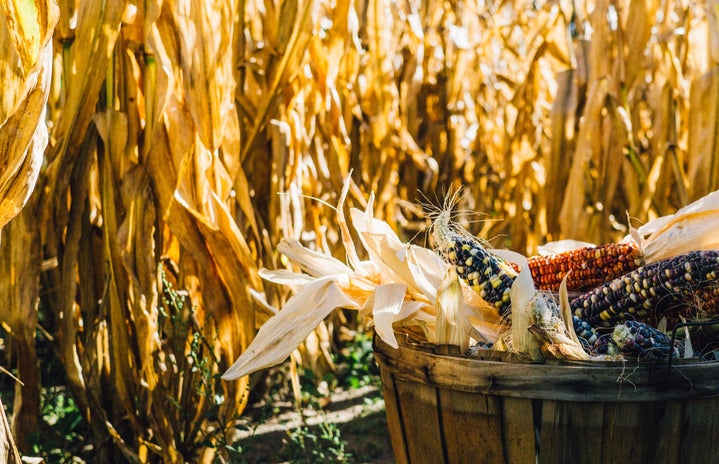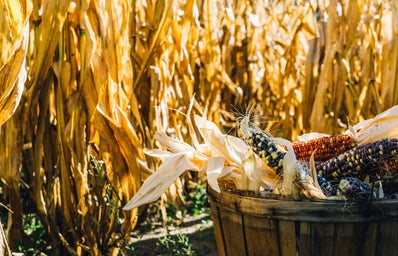One of the biggest misconceptions in United States History is the first Thanksgiving. We are taught that when colonists first inhabited the United States, they really hit it off with Indigenous Americans. Natives taught them how to grow crops and they happily shared a meal together. This story is not at all factual. Native Americans in the United States have been misunderstood since explorers first found “The New World.”
From the time colonists arrived, they did not treat Native Americans as people. Some Native tribes tried to make the invasion as peaceful as possible by trying to convert to the colonist’s way of living. For example, Native Americans actually created the first version of a Constitution in the U.S. and created a republic called the Iroquois Confederacy, or the Six Nations, which would later influence the political system of the 13 colonies. An emblem for the nation was “The Great Peace Tree,” with a bald eagle sitting at the top. The bald eagle was seen as sacred to Native Americans. When the 13 colonies were deciding an emblem, they considered the turkey. Ben Franklin famously said a turkey was a “respectable bird” and a “bird of courage.”
But Native American ideas were not just ripped off — they were also ripped off their land.
Throughout the 1830s, Native American tribes along the east coast, but especially in the south, were forced to move from their ancestral land to new land across the country. At this time, some southern tribes lived in cabins and some wealthier tribe members lived in plantation-style houses. Tribes including the Cherokee and Choctaw owned slaves that were relocated, as well. The relocation path was over 5,043 miles long, stretched through nine states and caused up to 100,000 first people to be forcibly relocated. In the end, death tolls reached into the thousands.
Despite the injustices and murders of many Native People, there are 6.79 million alive and there are more than 570 federally recognized tribes in the United States today. Native Americans do not get a free ride from the government. One in four Indians live below the poverty line, which is the highest poverty rate of any racial group. Native Americans also pay taxes. The correct terminology doesn’t have to be “Native American;” “American Indian,” “Indian” or “Native” is acceptable, but most natives prefer to be referred to by their tribe name. Most American Indians don’t live on reservation; 78 percent live off-reservation. American Indians seem to be lumped together, it is important to remember that there is no one definition of “Indian culture;” each tribe is different and interesting compared to another.
The Bear Dance is a sacred ceremony to the Jicarilla Apache Tribe
At West Virginia University, there is an entire program for learning about Native Americans. Currently, I’m taking Native American Literature. I would recommend a Native American Studies (NAS) class to anyone who wants to learn the real history of Indiginous People in the United States. To check out NAS classes offered at WVU, click here. Also check out Indian Country Today, which is a daily digital news platform owned by the National Congress of American Indians that posts articles about issues indigenous people face.
—
Edited by Madison Greer



